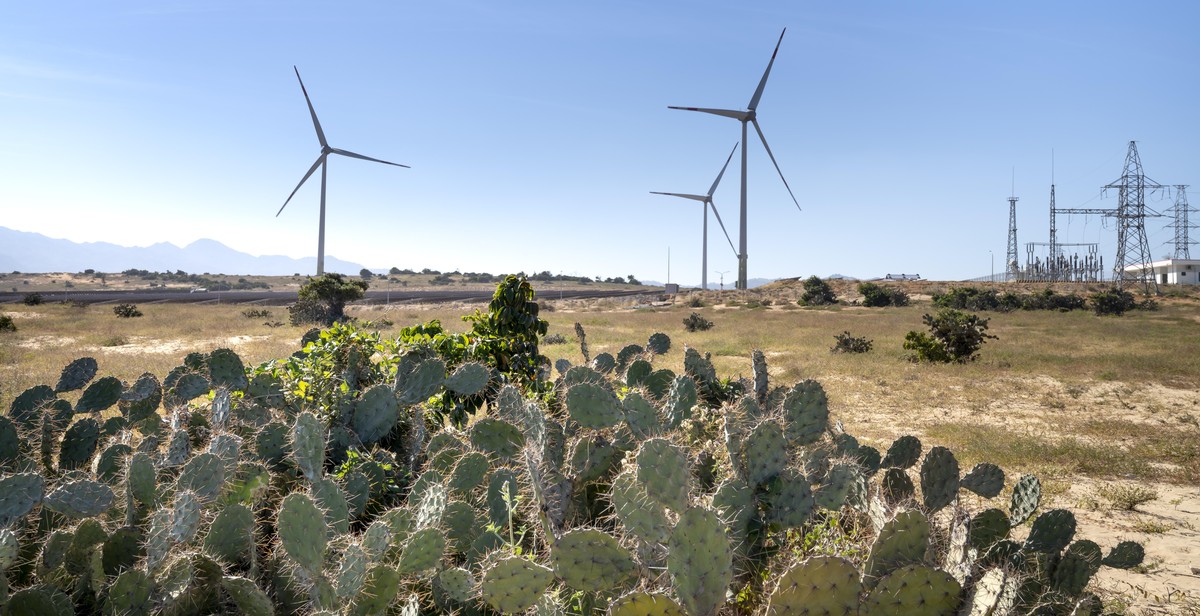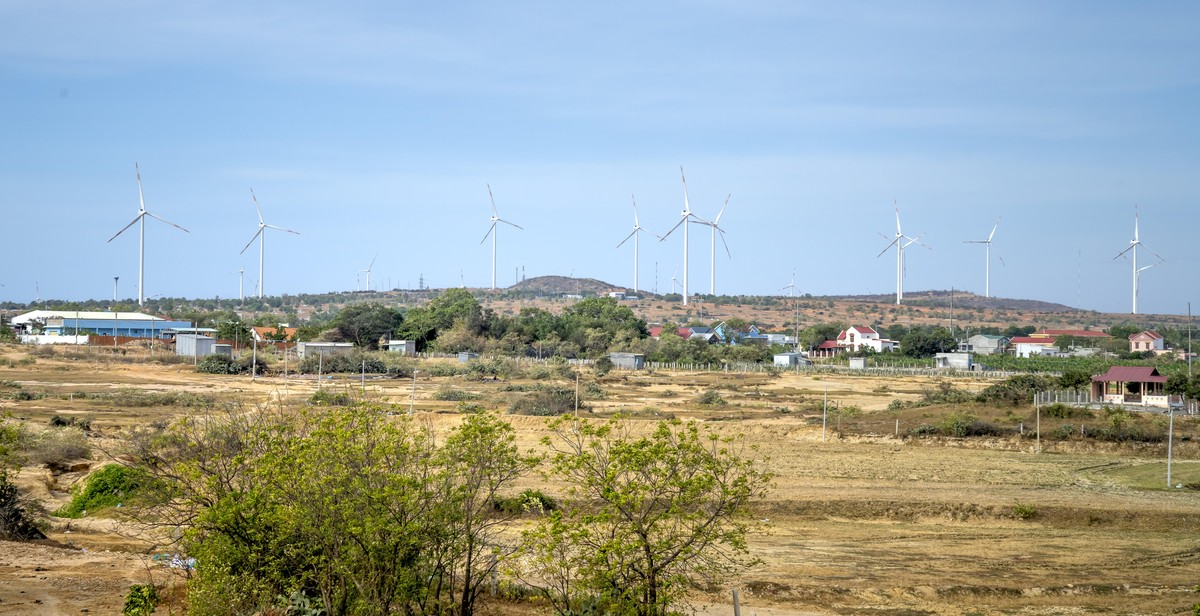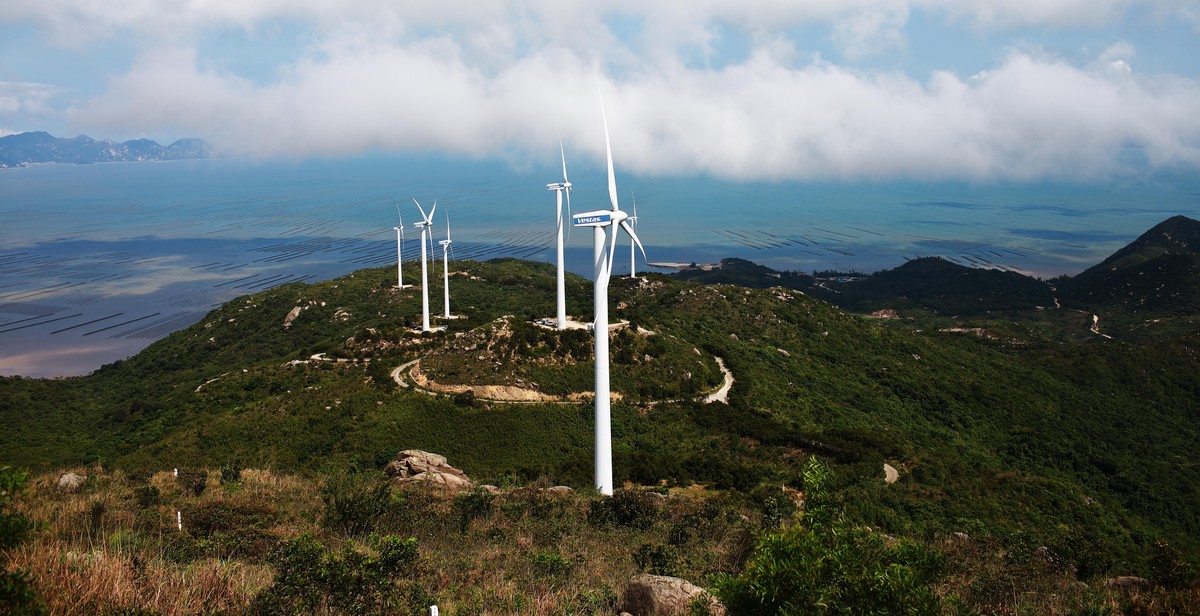Introduction
Sustainability has become a major concern in today’s world, and landscape architecture is no exception. Sustainable landscape architecture refers to the design and implementation of outdoor spaces that are environmentally friendly and promote ecological sustainability. It involves the use of sustainable materials, conservation of natural resources, and the incorporation of ecological principles in the design process.
The goal of sustainable landscape architecture is to create outdoor spaces that are not only visually appealing but also contribute to the health and well-being of the environment. This involves the careful consideration of factors such as water conservation, energy efficiency, and the use of native plants and materials.
What is Sustainable Landscape Architecture?
Sustainable landscape architecture is an approach to outdoor space design that takes into consideration the environmental impact of the project. It involves the use of sustainable materials, conservation of natural resources, and the incorporation of ecological principles in the design process.
The principles of sustainable landscape architecture are based on the idea of creating outdoor spaces that are in harmony with the natural environment. This involves the use of materials that are renewable and environmentally friendly, such as recycled materials and natural stone. It also involves the conservation of resources, such as water and energy, by using efficient irrigation systems and lighting.
In summary, sustainable landscape architecture is the design and implementation of outdoor spaces that are environmentally friendly, promote ecological sustainability, and contribute to the health and well-being of the environment.

Benefits of Sustainable Landscape Architecture
Sustainable landscape architecture is an eco-friendly approach to designing outdoor spaces that prioritize environmental, economic, and social benefits. Here are some of the key benefits of sustainable landscape architecture:
Environmental Benefits
- Reduced carbon footprint: Sustainable landscape architecture reduces carbon emissions by using native plants, reducing water usage, and promoting local ecosystems.
- Improved air and water quality: Sustainable landscape architecture improves air quality by reducing pollution and absorbing carbon dioxide. It also improves water quality by reducing erosion and filtering pollutants.
- Biodiversity conservation: Sustainable landscape architecture promotes biodiversity conservation by using native plants, creating habitats for wildlife, and preserving natural ecosystems.
- Climate change adaptation: Sustainable landscape architecture helps communities adapt to the impacts of climate change by reducing heat island effects and improving stormwater management.
Economic Benefits
- Reduced maintenance costs: Sustainable landscape architecture reduces maintenance costs by using drought-tolerant plants, reducing water usage, and minimizing the need for pesticides and fertilizers.
- Increased property value: Sustainable landscape architecture can increase the value of a property by creating an attractive and eco-friendly outdoor space.
- Reduced energy costs: Sustainable landscape architecture reduces energy costs by providing shade and insulation, reducing the need for air conditioning and heating.
- Cost-effective stormwater management: Sustainable landscape architecture can reduce stormwater management costs by using permeable surfaces, rain gardens, and bioswales to capture and filter stormwater.
Social Benefits
- Improved health and well-being: Sustainable landscape architecture improves health and well-being by providing opportunities for physical activity and reducing stress.
- Community building: Sustainable landscape architecture can promote community building by creating gathering spaces and promoting social interaction.
- Education and awareness: Sustainable landscape architecture can raise awareness about environmental issues and promote education about sustainable practices.
- Improved aesthetics: Sustainable landscape architecture creates attractive and visually appealing outdoor spaces that enhance the quality of life for communities.
| Benefits | Environmental | Economic | Social | |||||||||||||||
|---|---|---|---|---|---|---|---|---|---|---|---|---|---|---|---|---|---|---|
| Reduced carbon footprint | ✔ | |||||||||||||||||
| Improved air and water quality | ✔ | |||||||||||||||||
| Biodiversity conservation | ✔ | |||||||||||||||||
| Climate change adaptation | ✔ | |||||||||||||||||
| Reduced maintenance costs | ✔ | |||||||||||||||||
| Increased property value | ✔ | |||||||||||||||||
| Reduced energy costs | ✔ | |||||||||||||||||
| Cost-effective stormwater management | ✔ | |||||||||||||||||
| Improved health and well-being | ✔ | |||||||||||||||||
| Community building | ✔ | |||||||||||||||||
| Education and awareness | ✔ | |||||||||||||||||

Designing a Sustainable Landscape ArchitectureCreating an eco-friendly outdoor space is not only good for the environment, but it can also save you money in the long run. Sustainable landscape architecture involves designing outdoor spaces that are both functional and environmentally friendly. Here are some key considerations to keep in mind when designing a sustainable landscape architecture: Site AnalysisA site analysis is the first step in designing a sustainable landscape architecture. This involves assessing the site’s natural features, such as the soil type, topography, and microclimate. This information can help determine the best placement for plants and other features, and can also inform decisions about water conservation and erosion control. Choosing Sustainable MaterialsChoosing sustainable materials is an important aspect of sustainable landscape architecture. This includes using locally sourced materials to reduce transportation costs and using materials that are durable and require minimal maintenance. Recycled materials, such as reclaimed wood or recycled plastic, can also be used to reduce waste. Water ConservationWater conservation is a crucial element of sustainable landscape architecture. This includes using native plants that are adapted to the local climate and require less water, as well as incorporating features such as rain gardens and permeable paving to reduce runoff. Irrigation systems should also be designed to minimize water waste. Plant SelectionPlant selection is another important consideration in sustainable landscape architecture. Choosing native plants that are adapted to the local climate can reduce the need for irrigation and fertilizers, and can also provide habitat for local wildlife. It is also important to consider the ecological impact of non-native plants, which can become invasive and displace native species. Wildlife Habitat CreationCreating wildlife habitat is another key aspect of sustainable landscape architecture. This can include incorporating features such as birdhouses, bat boxes, and pollinator gardens to provide habitat for local wildlife. It is also important to avoid the use of pesticides and other chemicals that can harm wildlife. ConclusionDesigning a sustainable landscape architecture involves careful consideration of the site’s natural features, the use of sustainable materials, water conservation, plant selection, and the creation of wildlife habitat. By incorporating these elements, you can create an eco-friendly outdoor space that is both beautiful and functional.
Implementing Sustainable Landscape ArchitectureImplementing sustainable landscape architecture involves utilizing eco-friendly construction techniques and maintenance strategies. The following are some ways to create an environmentally friendly outdoor space: Construction Techniques
Maintenance Strategies
ConclusionDesigning a sustainable landscape architecture is not only beneficial for the environment but also for the people who will be using the outdoor space. By implementing eco-friendly practices, we can create beautiful and functional outdoor spaces that promote a healthy and sustainable lifestyle. Key Takeaways
Benefits of Sustainable Landscape ArchitectureThere are numerous benefits to designing a sustainable landscape architecture:
Overall, designing a sustainable landscape architecture is a win-win situation for both the environment and the people who will be using the space. By implementing eco-friendly practices, we can create beautiful and functional outdoor spaces that promote a healthy and sustainable lifestyle. |


